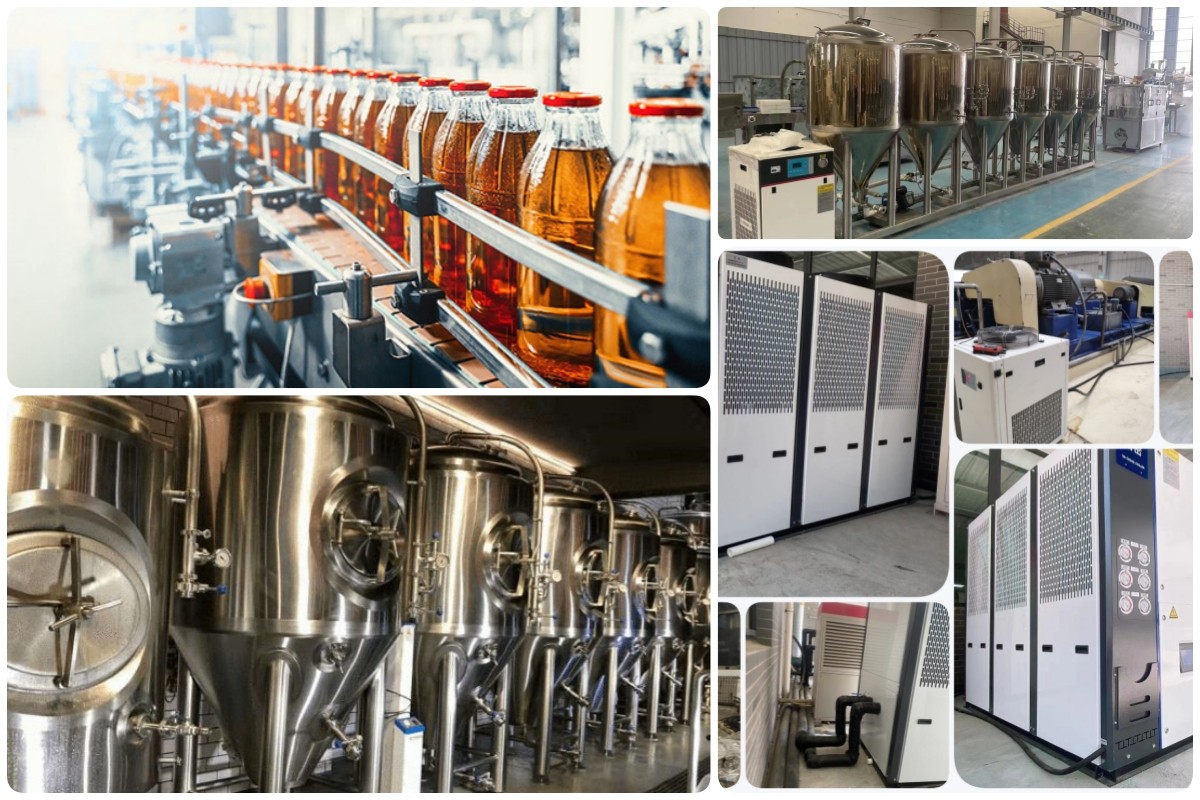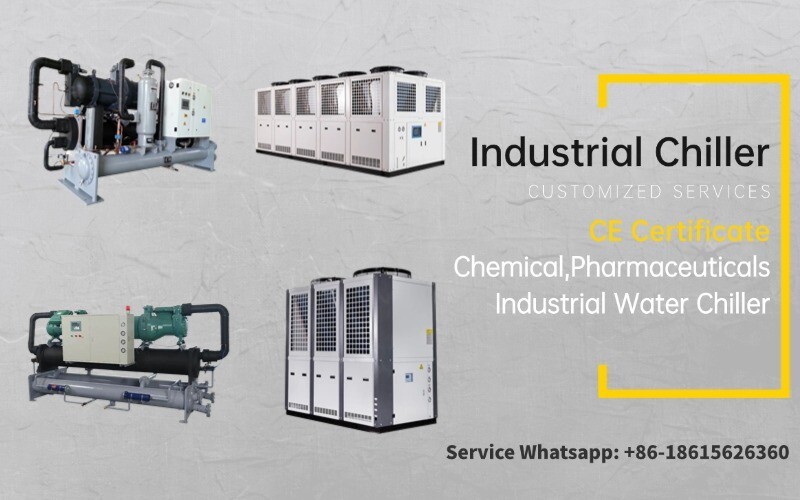If you've ever taken a tour of a brewery, you've seen them: shiny fermenters and bright tanks, often wrapped in pipes and jackets. What you might not see is the lifeblood of the brewery's temperature control system—the chiller and the special fluid running through it. While it's often called a "cold water" system, the truth is, most breweries don't use pure water. They use a mixture of water and glycol.
But why? Water gets cold, right? Let's dive into the science and practical reasons why glycol is the unsung hero of consistent, high-quality beer.

The #1 Reason: Preventing a Frozen Disaster for glycol chiller
Imagine it's the peak of fermentation. A tank of ale is vigorously bubbling away at 68°F (20°C), generating a massive amount of heat. Your water chiller kicks in, pumping a sub-freezing liquid to counteract this heat. If that liquid were pure water, what would happen?
It would freeze. Instantly.
Water expands when it freezes, and the resulting ice would destroy your industrial chiller's evaporator, burst pipes, and cripple your entire brewing operation. This is the most critical reason for using glycol.
Glycol is an antifreeze. By mixing it with water, we dramatically lower the solution's freezing point. A typical brewery glycol mixture (usually a 30-40% glycol-to-water ratio) has a freezing point well below -10°F (-23°C). This allows the air cooled water chiller to produce a liquid that is colder than 32°F (0°C) without turning into a solid, enabling it to effectively absorb heat from the warm fermenter.
Precision Temperature Control is Everything in Brewing
Beer is a temperamental art form. Yeast is incredibly sensitive to temperature, and even a few degrees of fluctuation can lead to off-flavors.
Lagering: Lagers require fermentation and storage temperatures very close to, or even below, the freezing point of water. A glycol mixture can safely be pumped at 28°F (-2°C) to hold a tank at 32°F (0°C) without risk of freezing.
Crash Cooling: After fermentation, brewers need to "crash" the temperature of the beer quickly to drop out yeast and proteins. This requires a significant temperature differential, which a sub-cooled glycol mixture provides efficiently.
Stability: During the exothermic (heat-producing) peak of fermentation, the glycol chiller unit must work hard to maintain a stable temperature. A glycol system provides a reliable, cold medium to carry that heat away consistently.
The Two Main Types: Propylene vs. Ethylene Glycol
Not all glycols are created equal, and the choice in a brewery is crucial.
Propylene Glycol (PG): This is the standard and recommended choice for breweries. It is generally recognized as safe (GRAS) by the FDA. While it is technically toxic in large quantities, it is considered non-toxic in the context of an indirect, closed-loop cooling system. Its key advantage is peace of mind; in the event of a small leak, it poses a much lower health risk compared to its counterpart.
Ethylene Glycol (EG): This is highly toxic and is the main ingredient in automotive antifreeze. It should never be used in a brewery. The risk of contamination in the event of a leak, however small, is simply too great.
Beyond Antifreeze: The Glycol Solution's Other Duties
A glycol-water mixture also offers a few extra benefits:
Corrosion Inhibition: Industrial-grade glycols come with an inhibitor package added to them. This helps protect the cooled chiller's metal components (like the plate and frame heat exchanger) and the piping from corrosion, extending the life of your expensive equipment.
Microbial Growth Prevention: The inhibitors also help prevent the growth of algae and bacteria within the system, keeping it clean and efficient.
Maintaining Your Glycol System
A glycol system isn't a "set it and forget it" component. For optimal performance:
Check the Concentration: Use a refractometer to regularly check the glycol concentration. Too little glycol risks freezing; too much reduces efficiency and is wasteful.
Monitor pH and Inhibitors: Over time, the corrosion inhibitors deplete. Test the pH and inhibitor levels annually and replenish as needed to protect your equipment.
So, while it's simpler to call it a "cold water" system, the truth is far more clever. Glycol is the essential ingredient that allows brewers to push temperatures below water's freezing point, enabling the precise and stable temperature control that is fundamental to making clean, consistent, and delicious beer. It’s the silent guardian that protects your equipment from ice and your beer from flawed fermentation.
If you have a new brewery or you are plan to add a new brewing production line, Jinan Darko Chiller Company glad to support you to choose a high performance glycol chiller machine.


